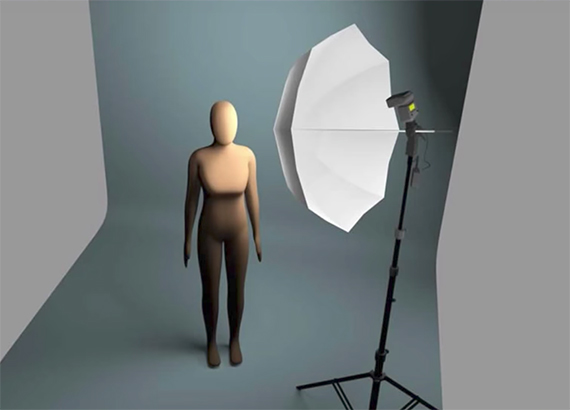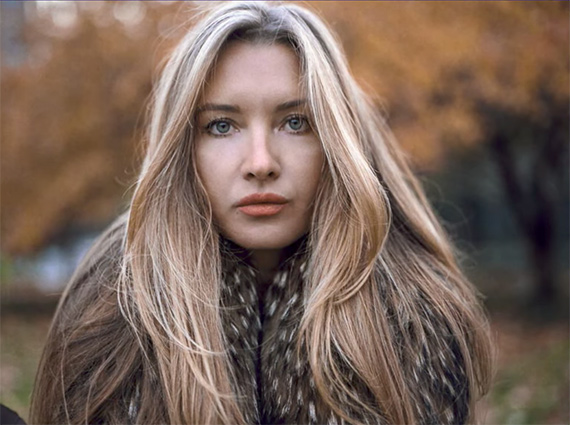You can’t learn the ins and outs of light overnight. For even the most seasoned photographers, figuring out how to most effectively implement the laws of light can take years to fully understand. Luckily, there are simple techniques for lighting that can serve as building blocks for grasping more complex approaches. Photo blogger Ed Verosky shares five such strategies that you can begin implementing today:

1. Start with one light
More specifically, focus on your key light before worrying about fill or anything supplementary. Your main light source is going to set the tone for your entire image and define where your most prominent highlights and shadows will fall. Any adjustments you make to the key will impact all of the other lights on a set. So, just take things a step at a time. Work deliberately and build your scene rather than trying to tackle everything at once
2. Get your flash off of your camera
While the on-camera flash can be useful in specific instances, you’re going to need to utilize an off camera trigger if you’re looking for polished professional look many portrait photographers embrace. As a jumping off point, give the 45-45 position a try – that is, the light should be positioned at a 45 degrees from the subject, pointed down at a 45 degree angle.
3. Use constant light when you can
In a studio setting, photographers typically tend to stick with flashes and strobes. However, they are by no means the only ways of getting light into your picture. Consider what it is that you’re trying to achieve in your photograph; you may find that natural daylight or interior ambient light would make for a better end product than a flash ever could. In addition, constant lights can be much easier to work with as they take out the guess work of how highlights and shadows will fall on a particular subject.
4. Use manual camera and flash settings
Turning off automatic settings in a static situation is the only way to really ensure controlled, consistent lighting. If you’re not sure how to work your camera settings manually, research and practice. Likewise, experiment with balancing flash manually with your camera. After a little while, you’ll find that working manually will come as a second nature.
5. Keep the light above the subject’s head
There’s a reason why the subjects of horror movies are often lit from below. Underlighting can often be unflattering, and in some circumstances, downright unsettling. Always try to keep key lights and supplementary lights alike above the subject’s head, pointed downward to get the best possible look.
It goes without saying that there’s a lot more that goes into lighting than these five tips. Nevertheless, these simple rules are easy enough to follow and are guaranteed to have a positive impact on your portraits.
“I’ve only listed five portrait lighting tips here, and I’m sure I could come up with another couple hundred if I had time.”
Like This Article?
Don't Miss The Next One!
Join over 100,000 photographers of all experience levels who receive our free photography tips and articles to stay current:








Leave a Reply